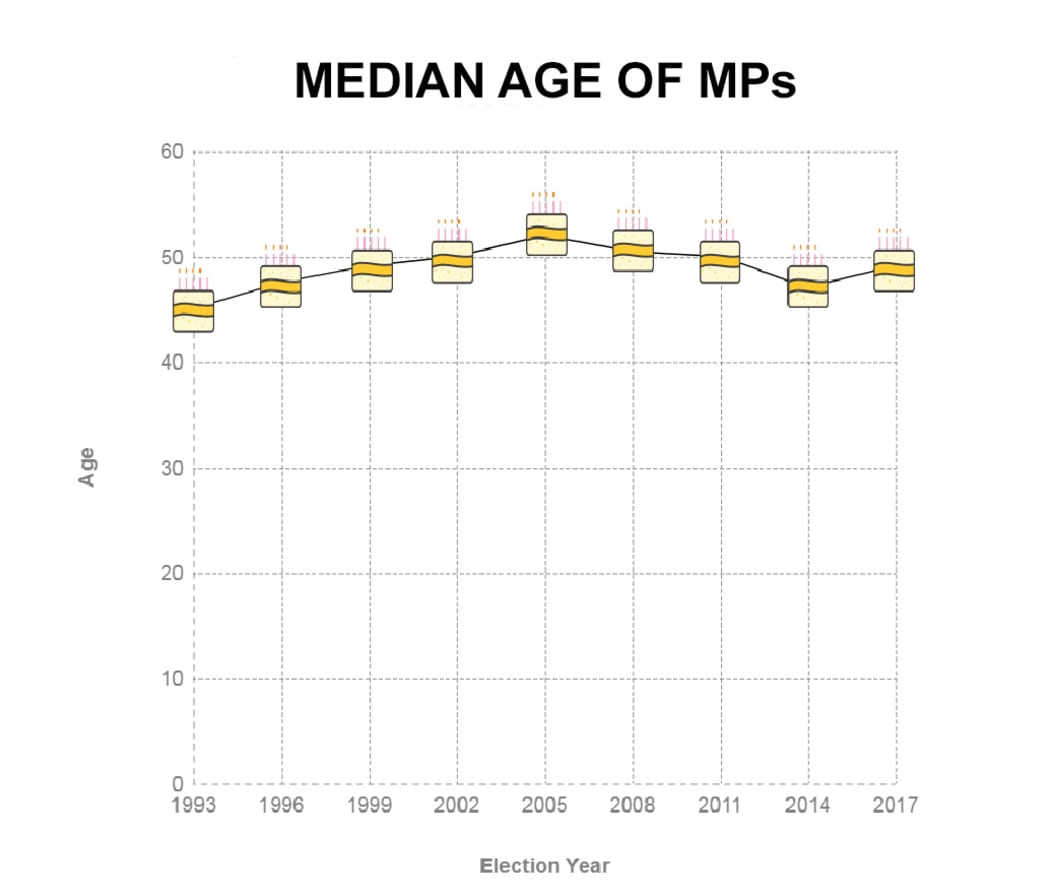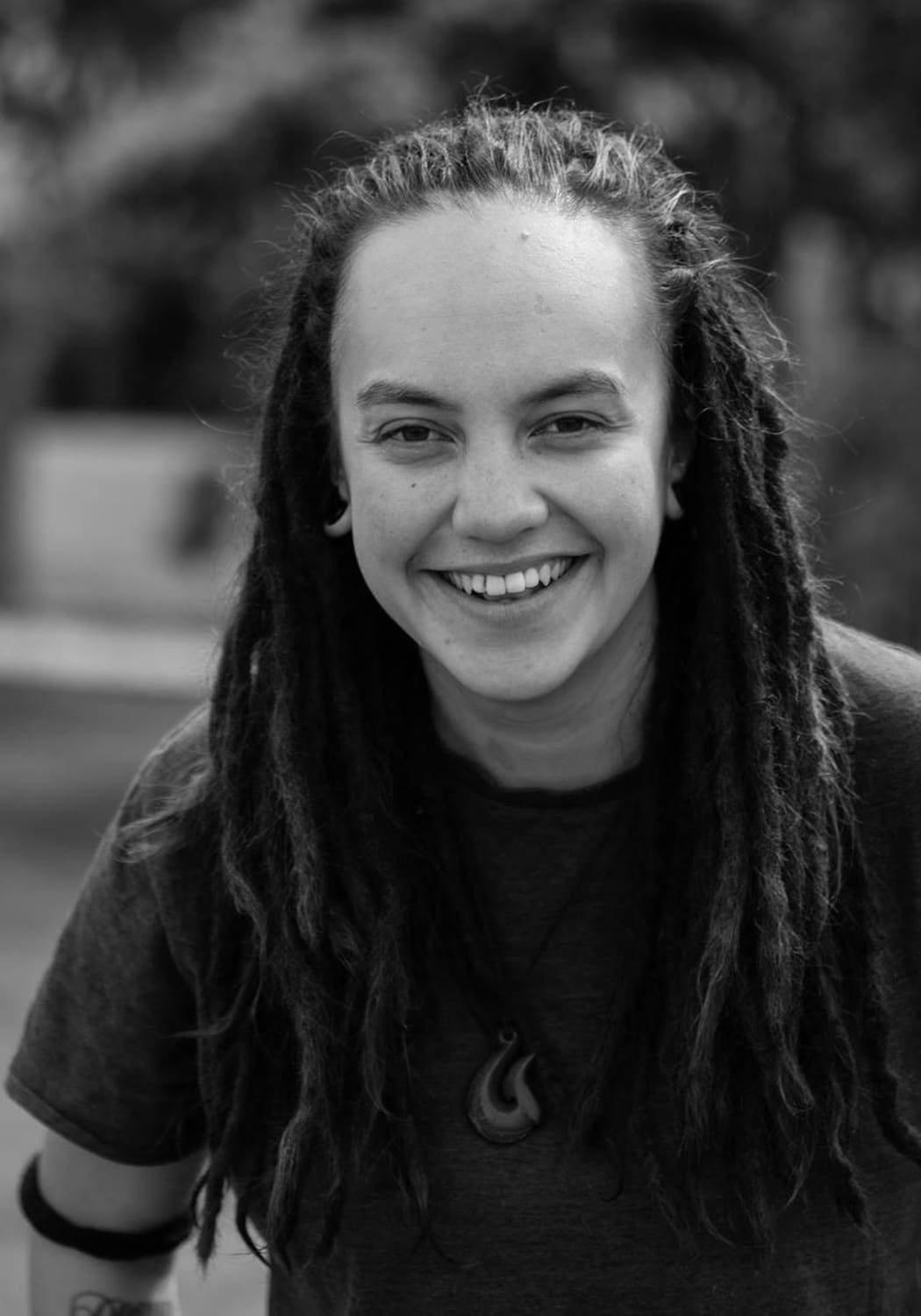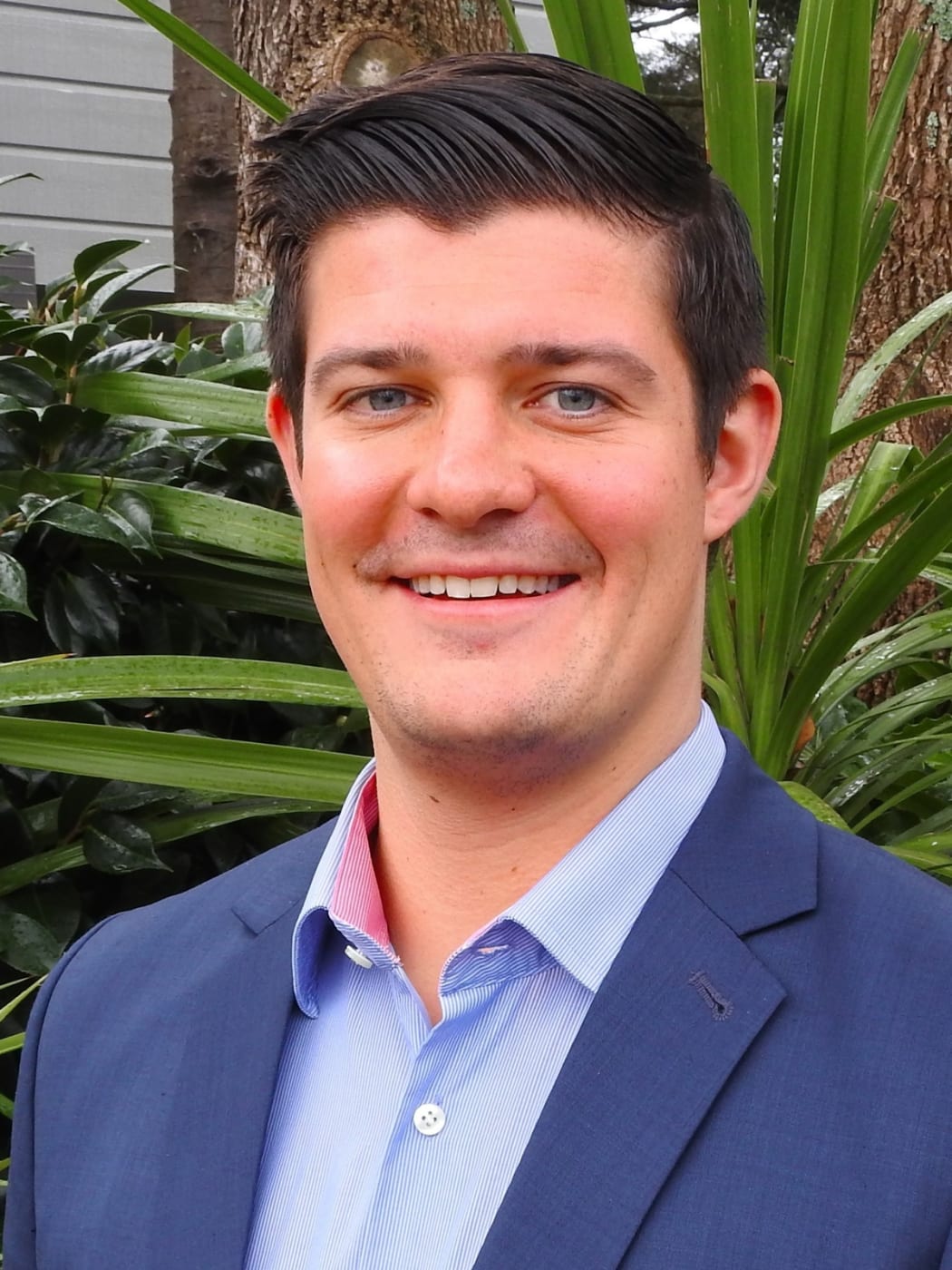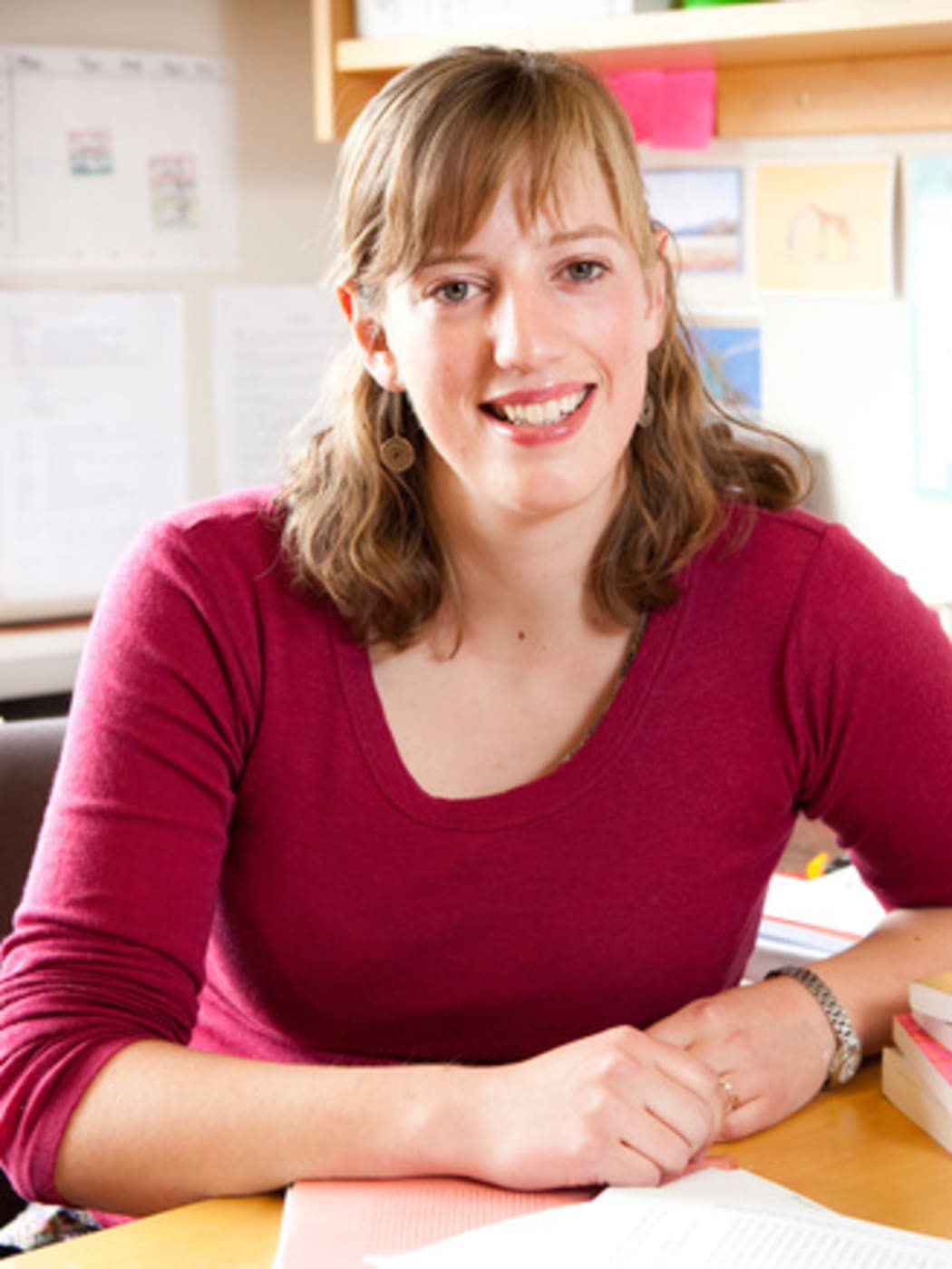
Photo: Tom Kitchin/The Wireless
You could be forgiven for thinking Parliament’s become younger.
Jacinda Ardern, at age 37, is New Zealand’s second youngest prime minister. Simeon Brown, 26, won the Pakuranga electorate by 14,886 votes. Chlöe Swarbrick, 23, is the youngest MP in 42 years.
Plus, in this election cycle there’s been constant muttering of a “youthquake” - a buzzword commentators have been obsessed with following Jeremy Corybn’s success in June’s UK election and after youth enrolments soared here before the election.
But has this so-called “generational shift” actually changed the average age of MPs?
The answer is no.
The Wireless looked at the average age of MPs in each election year since the final first-past-the-post (FPP) election in 1993.
Over the past 24 years, the median age of an MP hasn’t swayed far from the half-a-century mark. The highest was in 2005, at 52. The lowest was in 1993, at 45.
The current Parliament has an average age of 49. In 2014, it was 47.

Data sourced from ... Photo: Unknown
MMP was introduced in 1996 to give smaller parties more representation - and to help Parliament become more diverse to better reflect the age, gender and ethnicities of the country.
Today, the median age of the New Zealand population is 38. The median age of an MP since 1993 is 49.
READ MORE: The age ranges of each new Parliament from 1993-2017
Young and old MPs have appeared, disappeared, and reappeared but nothing’s made the average change dramatically.
We didn’t see an MP below 25 under MMP until 2002, when Labour’s Darren Hughes entered parliament at 24. Also that year, NZ First’s Jim Peters, aged 65, became the first pensioner elected to Parliament under MMP.
Laura O’Connell Rapira, co-founder of Rock Enrol, an organisation dedicated to informing youth about the political process, believes young MPs could help youth engage in politics.
She says Chlöe Swarbrick is a great example.

Laura O’Connell Rapira Photo: Supplied
“She has a gift for breaking down complex policy on social media. But she’s incredibly tokenised because of her age… it’s similar to any minority groups. We lead with a label we associate with them, rather than the person.”
O’Connell Rapira also reckons citizenship education - not just civic education - in schools is essential. That means she thinks students need to know more than just how government works; they need to know what being a citizen means.
She says allowing students to vote in school elections might be part of the solution.
“High schools can’t vote for prefects, they leave school and don’t know of the larger systems,” she says.
Young Nats president Stefan Sunde, 27, wasn’t surprised about the median age.
“It’s probably to be expected,” he says. “Eighty percent of [voters] voted for one of the two major parties. Parties are catering to the middle ground.”
“It’s always cool to have more young people and young voices represented in Parliament. A younger person can advocate for a certain policy an older person can’t advocate for in the same way men can’t advocate for women’s issues.”

Young Nats president Stefan Sunde. Photo: Supplied
Sunde says National refreshes its caucus every election cycle to make sure young people are represented. He thinks that in the 2017 election cycle, MPs Simeon Brown and Chris Bishop did great jobs at engaging with youth.
But he doesn’t think young MPs are the be all and end all of youth engagement.
“What it takes for young people to be inspired by the direction they want the country to go in - any person can deliver that message.”
Young Labour president Matt van Wijk, 21, says he would like to see the age “come down a little bit.”

Young Labour president Matt van Wijk. Photo: Supplied
“It’s really important we get youth views and voices represented,” he says.
“I think it’s good when we can see more of a generational change. Jacinda [Ardern] came into the leadership ‘youth-adjacent’.”
Dr Sylvia Nissen, a postdoctoral fellow at the University of Canterbury’s Political Science and International Relations department, researches youth representation in parliament.
Nevertheless, Nissen says young MPs can make a difference because they help push youth issues up the political agenda.

Sylvia Nissen Photo: Supplied
“Like Chlöe Swarbrick has done in New Zealand, or Mhairi Black in the UK,” she says.
She believes young people experience modern challenges “disproportionately” compared with other generations. She mentions challenges such as unprecedented debt, insecure work or unemployment, low homeownership, and climate change.
She thinks political parties should recognise the value of having younger candidates because they understand these issues.
“Having younger politicians helps challenge perceptions of young people being apathetic or not politically competent. Research shows us they have articulate views on political issues but are disenchanted with the political process.”


